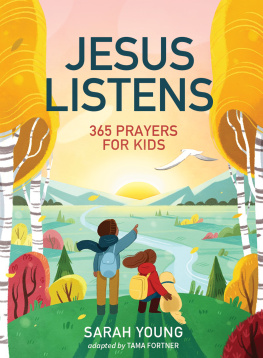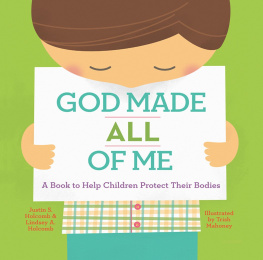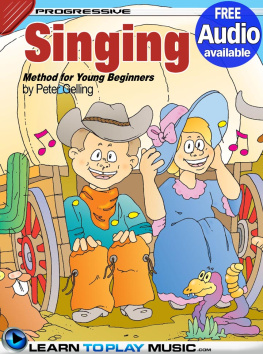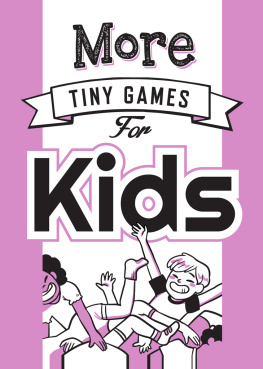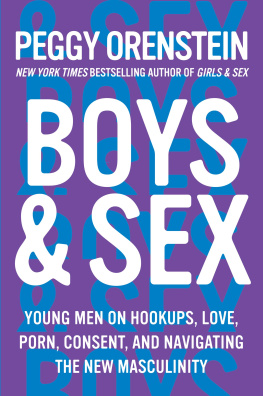

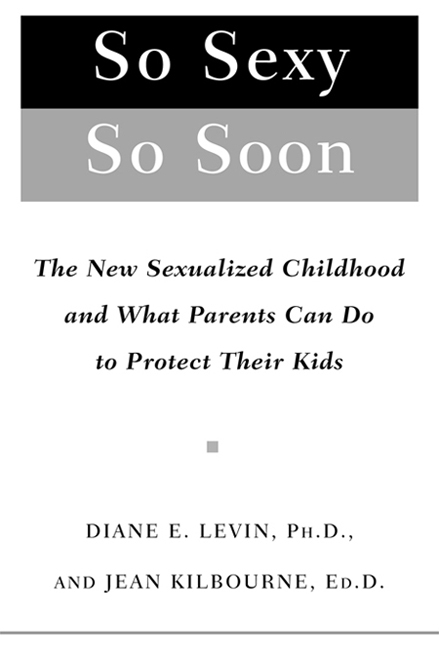
So Sexy
So Soon
Contents
______________________
To our children,
Eli Levin-Goldstein and Claudia Kilbourne Lux,
who continue to inspire, teach, and delight us
So Sexy
So Soon
Introduction
Changing Times, Changing Needs, Changing Responses
A four-year-old girl, in the dramatic play area of her preschool, begins swaying her hips and singing, Baby, Im your slave. Ill let you whip me if I misbehave. When her teacher goes over to talk to her about it, she volunteers that she learned the song from her eight-year-old sister. After doing a bit of research, the teacher discovers that the words are from a highly popular Justin Timberlake song.
Halloween costumes for young girls are so suggestive and risqu these days that Newsweek runs a story titled Eye Candy: Little Girls Halloween Costumes Are Looking More Like They Were Designed by Victorias Secret Every Year. Are We Prudes or Is This Practically Kiddie Porn?A six-year-old casually asks at dinner, Whats a blow job? Before his parents can respond, his ten-year-old sister knowingly screeches, Oh my God, I cant believe he asked that!An eight-year-old boy comes home and reports to his father that he didnt know what to do when his friend showed him pornography on the Internet during a playdate at the friends house.
Five students are suspended from their elementary school for sexual harassment stemming from an incident on a school bus that involved lewd language and touching. Some of the students said they were playing the rape game.A furor erupts at a bar mitzvah when two girls are caught performing oral sex on the thirteen-year-old bar mitzvah boy in a ladies room stall. Children as young as four learning to gyrate to songs in ways that might have stunned grown-ups a few decades ago. Elementary school children looking at pornography on the Internet and using words such as rape and blow job. Young teens engaging in oral sex. Parents, grandparents, and teachers around the country and beyond tell us stories like these all the timeabout how issues related to sex and sexuality come up in unexpected and even shocking ways with children, often at very young ages. Whats going on? Where does such behavior come from? What does it mean to and for childrenand for the adults who care for them? Is it different from childrens sexual behavior in the past, and if so, how? What are the implications for childrens short- and long-term sexual development and behavior? And how should parents respond? This book will help you answer these pressing and vital questions and more.
WHATS THE PROBLEM?
Children growing up today are bombarded from a very early age with graphic messages about sex and sexiness in the media and popular culture. For instance, younger children have Bratz dolls, which surpassed the sales of Barbie dolls in 2006, and Star Wars action figures, which experience an explosion of sales of highly realistic violent toys every time a movie is released. As children get a little older there is the Manhunt II video game, an extremely violent game that created a firestorm of protest upon its release for not carrying an A (Adult) rating that would have kept it from the hands of children and youth, and Victorias Secret thong panties for tweens (eight- to twelve-year-olds) and teens.
Many industries make an obscene amount of money using sex and violence to market their products to children. Whatever their race, ethnic group, economic status, or gender, and whether they can afford to buy a lot or very few of these products, children are deeply affected. We have heard scores of stories, such as the ones above, about children who are learning to look and act in ways that disturb and even shock many adults. But these children are acting in ways that make perfect sense given the sexualized environment that surrounds them.
We are deeply worried. Children are paying an enormous price for the sexualization of their childhood. Girls and boys constantly encounter sexual messages and images that they cannot understand and that can confuse and even frighten them. Gender roles modeled for children have become increasingly polarized and rigid. A narrow definition of femininity and sexuality encourages girls to focus heavily on appearance and sex appeal. They learn at a very young age that their value is determined by how beautiful, thin, hot, and sexy they are. And boys, who get a very narrow definition of masculinity that promotes insensitivity and macho behavior, are taught to judge girls based on how close they come to an artificial, impossible, and shallow ideal.
Both boys and girls are routinely exposed to images of sexual behavior devoid of emotions, attachment, or consequences. They learn that sex is the defining activity in relationships, to the exclusion of love and friendship. They learn that sex is often linked to violence. And they learn to associate physical appearance and buying the right products not only with being sexy but also with being successful as a person. Such lessons will shape their gender identity, sexual attitudes, and values, and their capacity for relationships, for love and connection, that they take into adulthood. While they struggle to make sense of all this, children are robbed of valuable time for age-appropriate developmental tasks, and they may begin to engage in precocious sexual behavior.
Children encounter these issues at much younger ages than in the past, long before they have the ability to understand or deal with them. One particularly heart-wrenching story recounted by the mother of a fourth-grade boy illustrates the kind of pain and suffering such messages can cause children (and their parents):
My son has gotten three love letters from one little girl. He showed them to me and I could cry for this girl. She says, I know I am not the prettiest girl or the thinnest girl but I love you and I just want you to love me. The rest of this letter is very grown up, about things they could do if they were boyfriend and girlfriendwhich I dont feel I can share. But suffice it to say that theyre ideas a nine-year-old never would have come up with even a few years ago. Ive been in touch with the girls mother, who is having a really hard time. I thought this must be an isolated event, a problem with this particular girl, but my son tells me that there are couples in the fourth grade. What is going on!? These letters are very recent and I am just beginning to unravel the issue with the school and other parents and children, who are just children for goodness sakes!
The fourth-grade girl who wrote this letter is struggling with her inability to meet the standard. She has learned to talk about herself as if she were an object, judged solely by her looks. She has learned to be grown up beyond her years and to yearn for a romantic relationship with a boy. He, as many boys his age do, has to figure out how to deal with the sexy and provocative behavior of many of the girls in his life. The boy in the story above was fortunate to have a trusting relationship with his mother, so he could talk with her about his confusion. But in such a sexualized environment, how can we expect boys to learn how to have affectionate and caring relationships? Both girls and boys, but especially girls, are pushed into precocious sexuality in appearance and behavior long before they understand the deeper meaning of relationships or of the sexual behavior theyre imitating.
Next page

